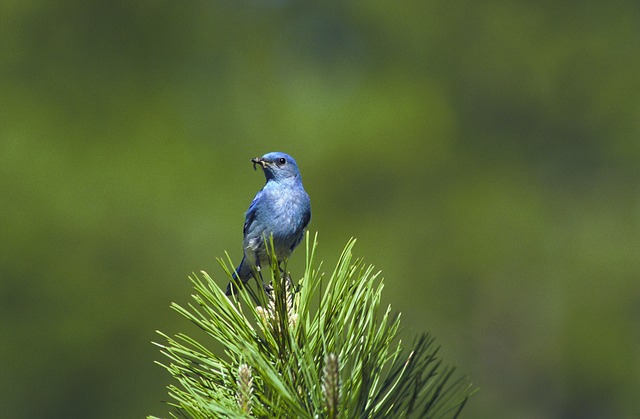
by jhwildlife | Jun 8, 2016 | Blog, Nature Mapping Jackson Hole
As a follow-up to last week’s blog post, unfortunately we have sad news to report. The nest with the five bluebird chicks seems to have been sabotaged and no observable signs exist of the chicks or their parents. Upon arriving at this particular nest box for weekly inspection, the top lid was haphazardly lying on the ground about a foot away; its screws that held it firmly in place were stripped from the wood and only just hanging on by wire. Scratch marks can be seen around the entrance hole. We can’t know for sure what happened, but we suspect we have a weasel hunting our mountain bluebird trail as other nature mappers have reported similar scenarios.
All we can do is remain vigilant to identify the predator and then devise an appropriate solution. It is a reminder to us of the nature of nature, and the circle of life in birth, survival and death — how all in nature are independent and interconnected. However, such involvement as ours through citizen science (while sometimes strongly tugging at our heartstrings) ultimately, still connects us with relevant, meaningful, and real experiences with science.

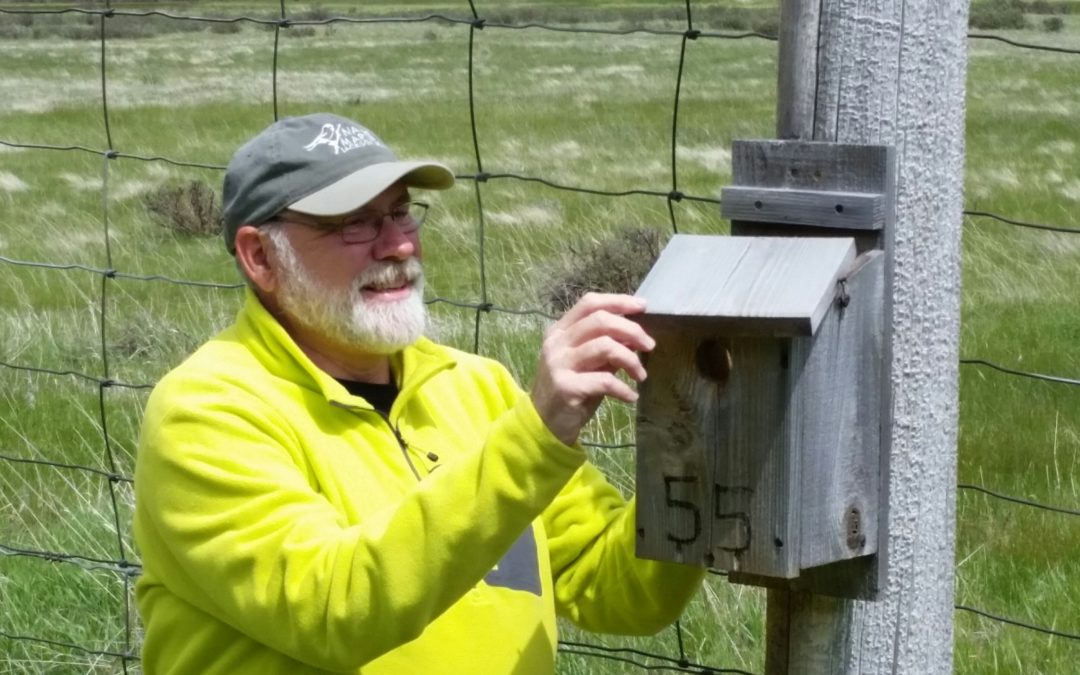
by jhwildlife | Jun 1, 2016 | Blog, Nature Mapping Jackson Hole
We checked one nest box… nothing, we checked another… nothing, we checked a third box and sadly found a ruined nest and remains of a female mountain bluebird (probably taken by a weasel). Despondency was beginning to set in when finally, we checked another nest box within our monitoring trail and lo’ and behold… a clutch of five tiny bluebird chicks was tightly slumbering together in their nest, safe and sound. This was such a happy sight to see firsthand. No wonder some cultures see the bluebird as an enduring symbol of happiness!
In order to not stress out mommy and daddy bluebird, we did not loiter for long. This season, the JHWF staff monitor 12 bluebird nest boxes on a weekly basis so we are fortunate to get to go back to see these chicks grow.
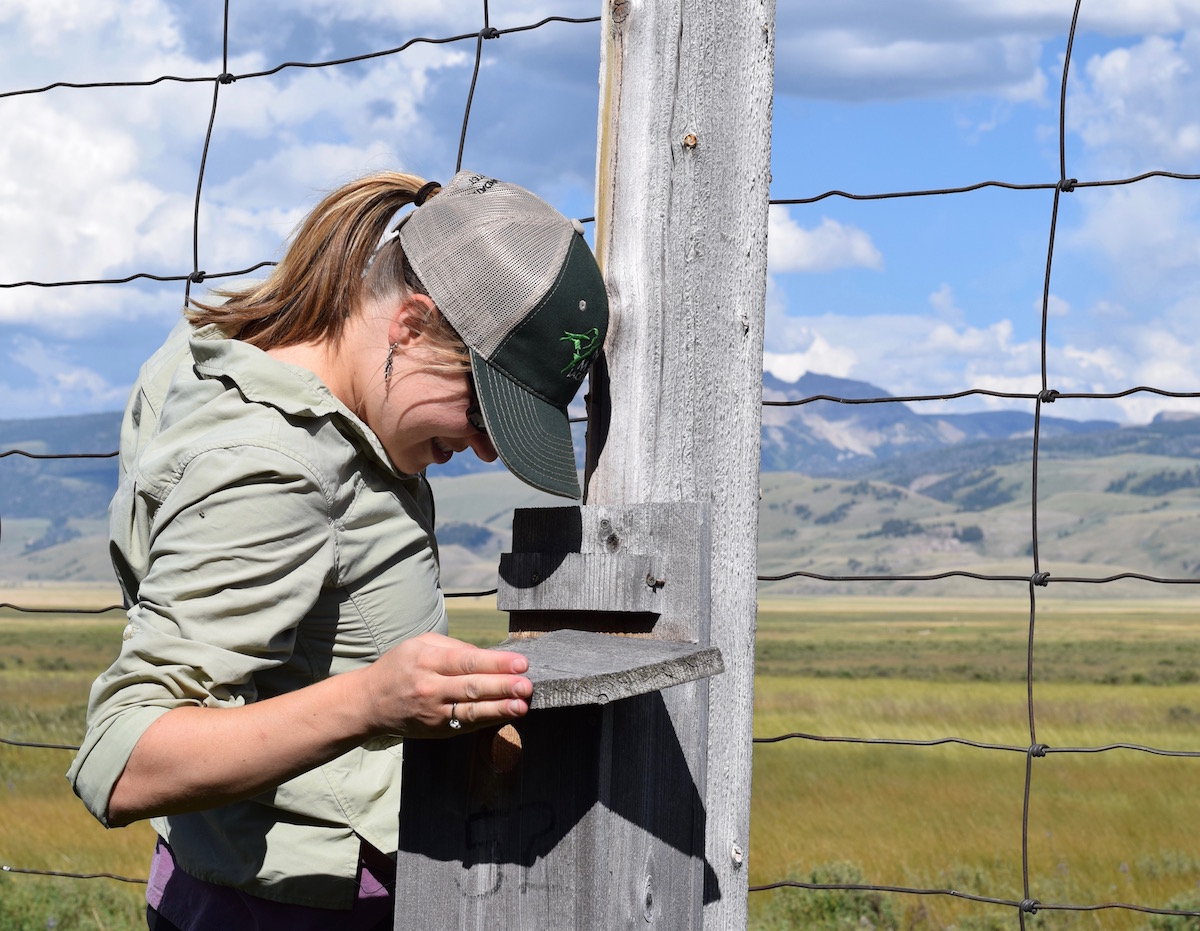
Historically, bluebirds relied on woodpeckers and other cavity-dwellers to provide the majority of their nesting places. They would select abandoned cavities in dead trees or rotten fence posts to raise their families. As development and habitat loss wiped out many of these natural nesting sites, the bluebird population declined dramatically. Fortunately, man-made nesting boxes have played a vital role in their recovery.
With the help of 10 dedicated volunteers, JHWF’s Bluebird Next Box Project monitors 104 mountain bluebird nest boxes along the perimeter of the National Elk Refuge every year, once per week from April through July. Some of the information collected includes dates, number of eggs laid, eggs hatched, birds fledged. These data are entered into the Nature Mapping Jackson Hole database and will also be given to the North American Bluebird Society and Cornell Lab of Ornithology. Data gathered by citizen scientists during nest box monitoring is needed to increase our understanding of the breeding success of the mountain bluebird.
There is a warm and rewarding feeling of regularly checking the bluebirds through their nesting cycle. At JHWF, walking our trail is hardly considered work, but instead a privilege. It is rewarding to know that we are really making a difference.
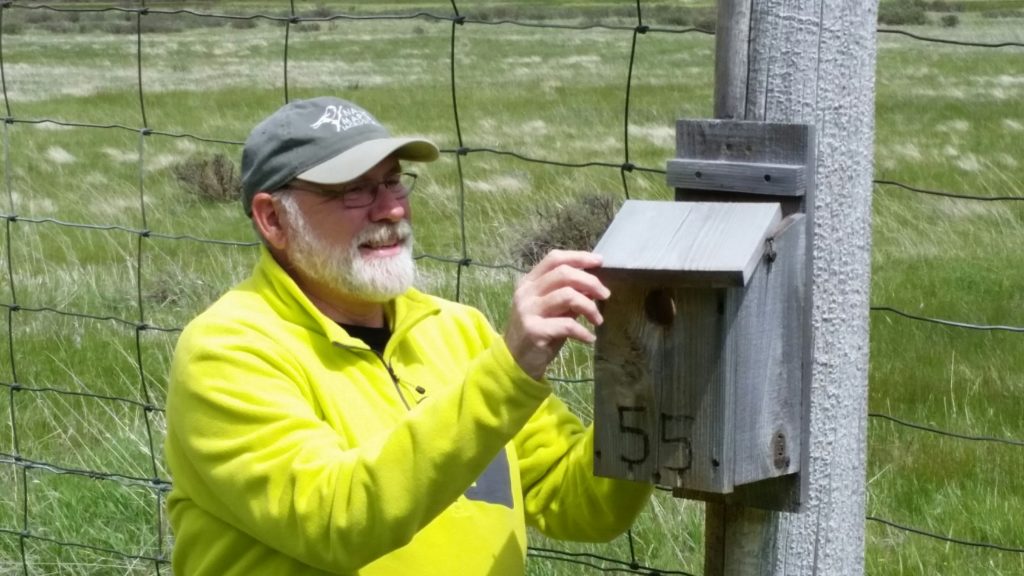
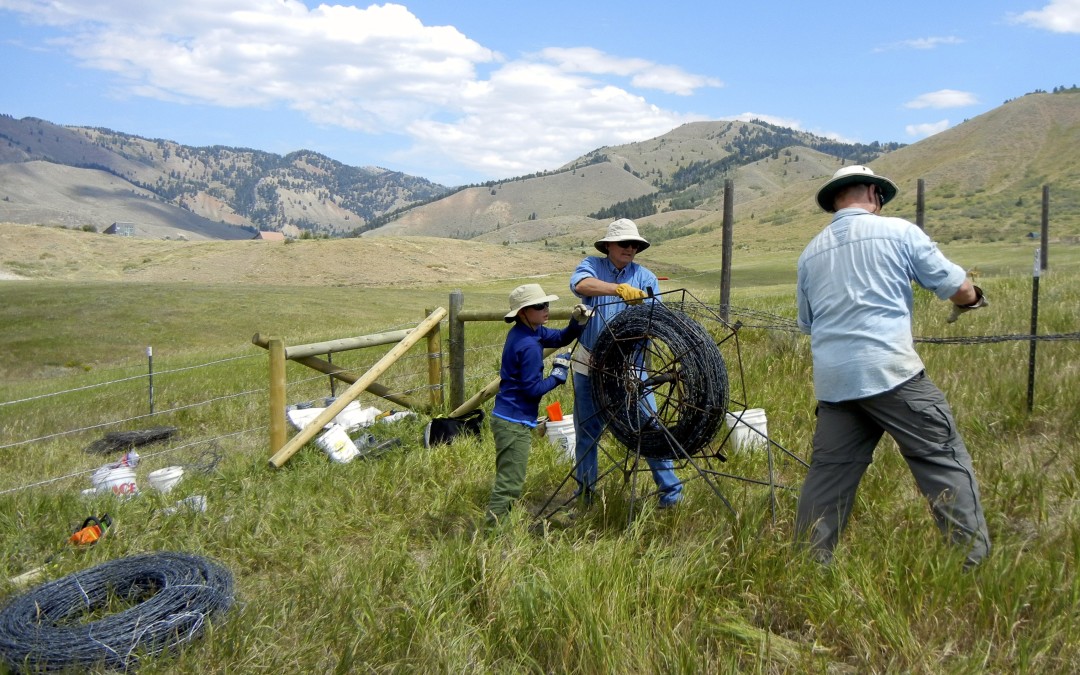
by jhwildlife | May 25, 2016 | Blog, Uncategorized
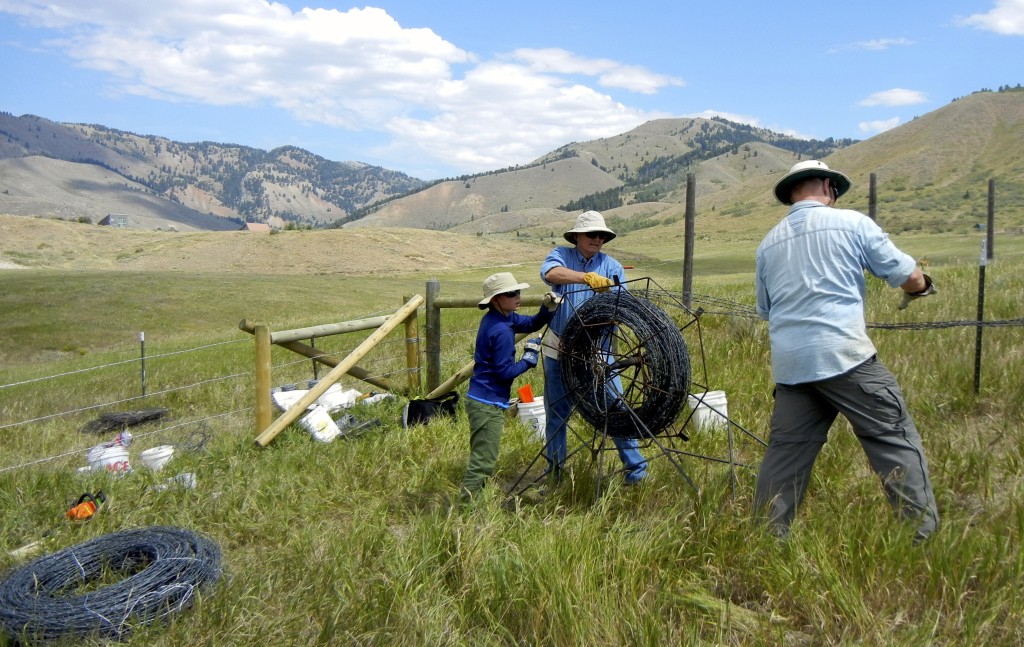
The Jackson Hole Wildlife Foundation has released dates for its public fence projects in 2016 after a winter and spring of project coordination and site reconnaissance. The Wildlife Friendlier Fencing program reduces dangerous and challenging barriers to wildlife movement. Public projects offer volunteers the opportunity to contribute to the removal or modification of fences that pose avoidable threats to wildlife while fragmenting vital habitat. JHWF and its “Fence Team” leaders also work on a number of private projects with landowners throughout the summer toward the same end.
Public fence projects typically occur on Saturdays and span from 9am – 2pm with a lunch break. On some projects, half-day “shifts” are possible. While listed dates are subject to change or cancellation due to weather and other conditions, JHWF encourages volunteers to save the dates in order to ensure that all can participate as their schedule allows.
JHWF will require an RSVP from each volunteer in advance to ensure that we have the ideal number of volunteers for each project. Interested volunteers receive an email invitation and RSVP request about two weeks prior to the project date with the description, details and other logistics outlined. Please email jhwffencepull@gmail.com if you are not currently receiving fence project updates and would like to, or if you have questions about volunteering.
Wildlife Friendlier Fencing Public Project Dates
June 11
June 25
July 16
August 6
August 20
September 24
October 8
October 22 (tentative)
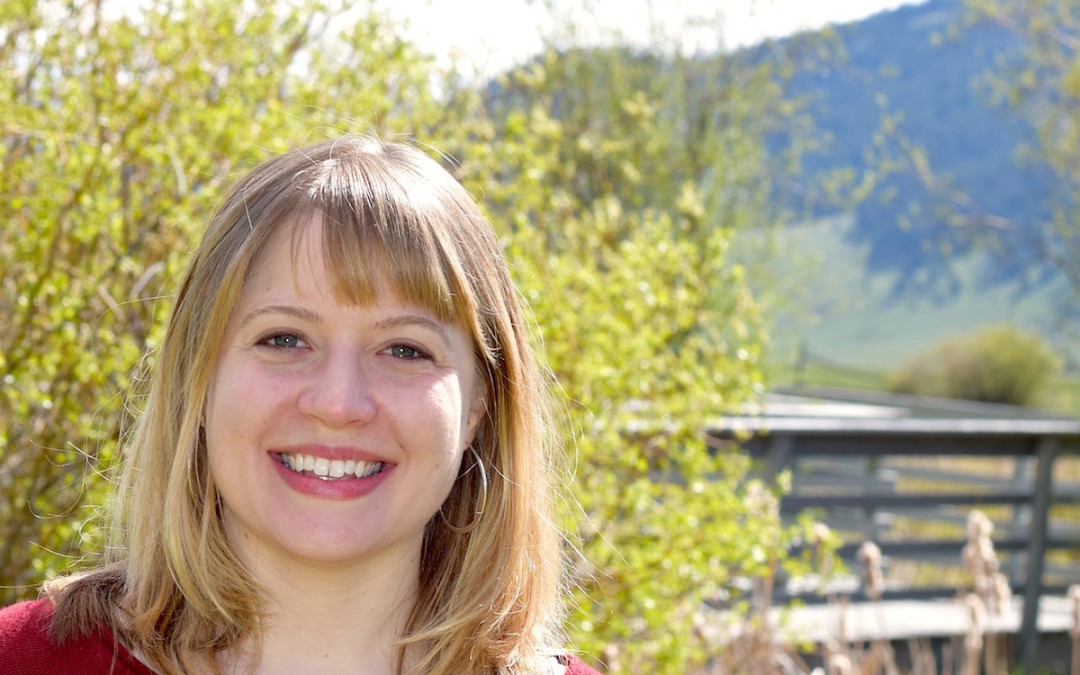
by jhwildlife | May 12, 2016 | Blog
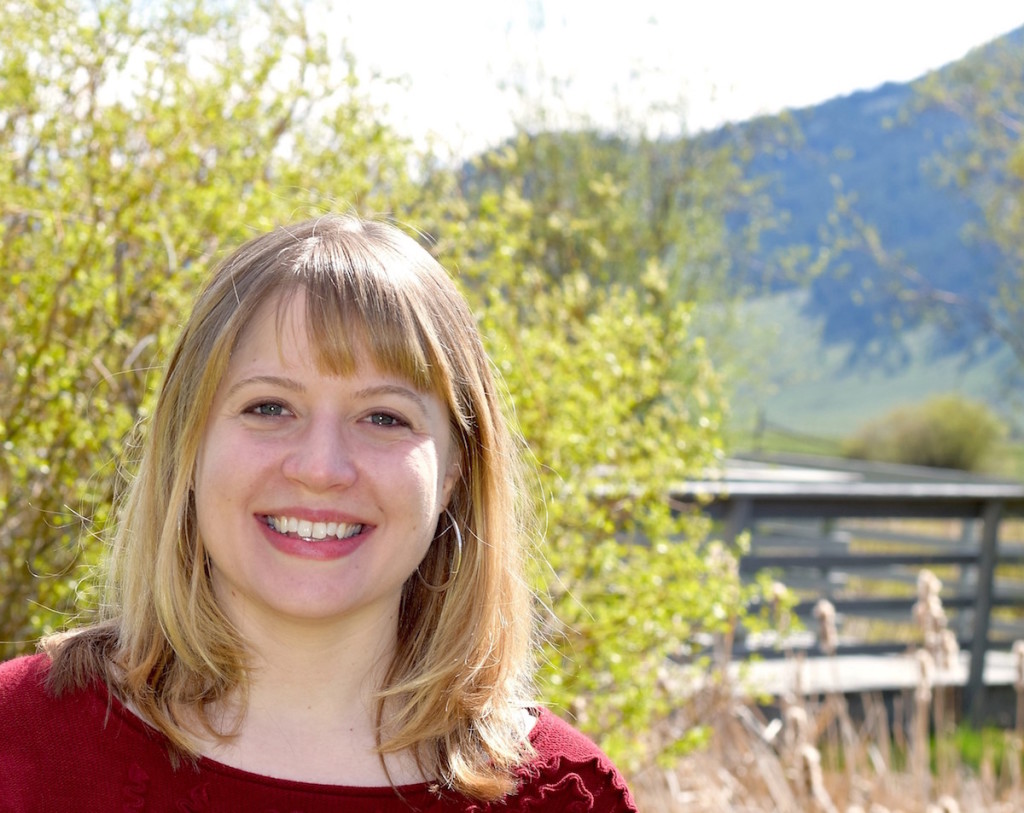
The Jackson Hole Wildlife Foundation is pleased to announce the addition of a new staff member. Effective May 9, Kate Gersh has joined the team as Associate Director. She brings to JHWF conservation programming and partnership experience honed with three prior nonprofit conservation organizations. Gersh contributed to the wildlife conservation legacy of Jackson Hole while at The Murie Center of Teton Science Schools for the past four years.
“I’m excited to join the JHWF team and its great core of partners and volunteers to support Jackson Hole’s vision of a wildlife-friendly community,” Gersh said.
While JHWF maintains an efficient grassroots structure that relies heavily on many extraordinary volunteers to accomplish its on-the-ground work, the added staff will enable greater strategic development and integration of its core projects, connecting its work thoughtfully to that of local and regional partners.
“Kate will be a tremendous addition to the Jackson Hole Wildlife Foundation team. Adding this new position will double the organization’s full-time staff and allow us to have even more positive impact to wildlife,” said JHWF Board President Aly Courtemanch.
Gersh moved to Jackson in 2011 from Washington, DC, where she had worked first for the Jane Goodall Institute’s Roots & Shoots youth environmental and humanitarian education program, and then for African Wildlife Foundation (AWF), managing private foundation and corporate relationships. At AWF, she was a key contributor on the program management team for AWF’s large-scale grant award under the United States Agency for International Development’s (USAID) Sustainable Conservation Approaches in Priority Ecosystems program. While with AWF, Gersh was selected as an Emerging Wildlife Conservation Leader, where she developed and implemented an international conservation project related to bats with fellow colleagues via the program.
Gersh worked with JHWF’s current executive director, Jon Mobeck, from 2012-2014 at The Murie Center, while Mobeck served as that organization’s ED.
“I’m excited to have the opportunity to work with Kate at JHWF after a great experience at The Murie Center that will likely inspire and inform our conservation work forever,” Mobeck said. “Since partnerships and relationships are critical to our effectiveness here, I’m so grateful that Kate’s spirit, sensibility and professionalism will help guide us forward.”
Kate can be reached at kate@jhwildlife.org or stop by to visit us at our office at 330 N. Glenwood St. in the Meridian Building.
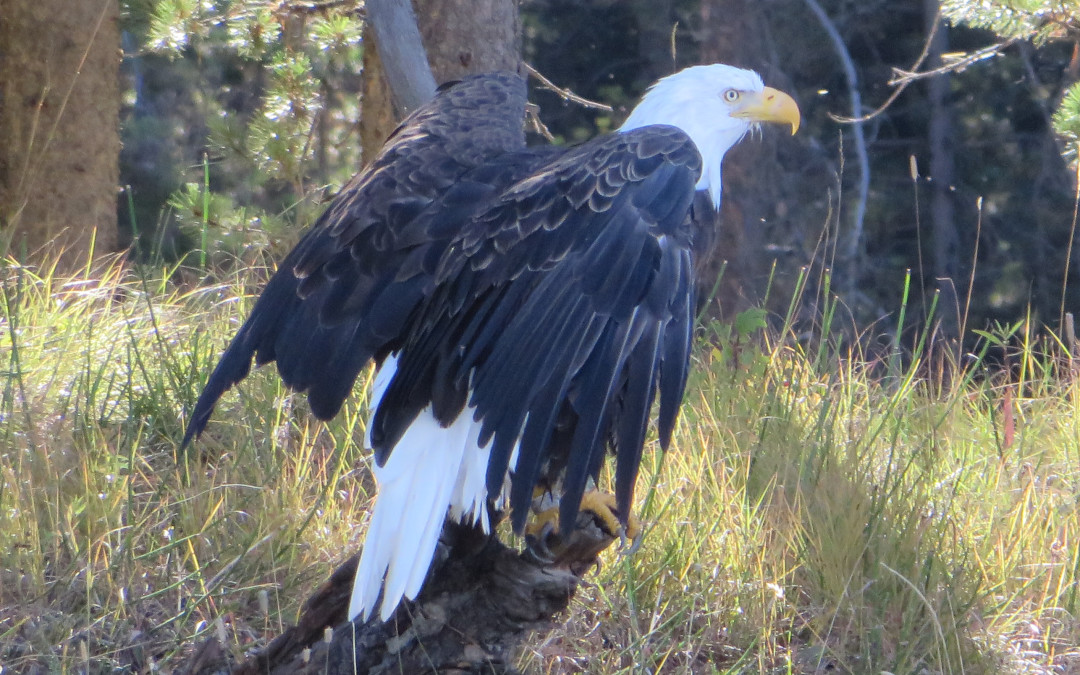
by jhwildlife | May 11, 2016 | Blog, Nature Mapping Jackson Hole
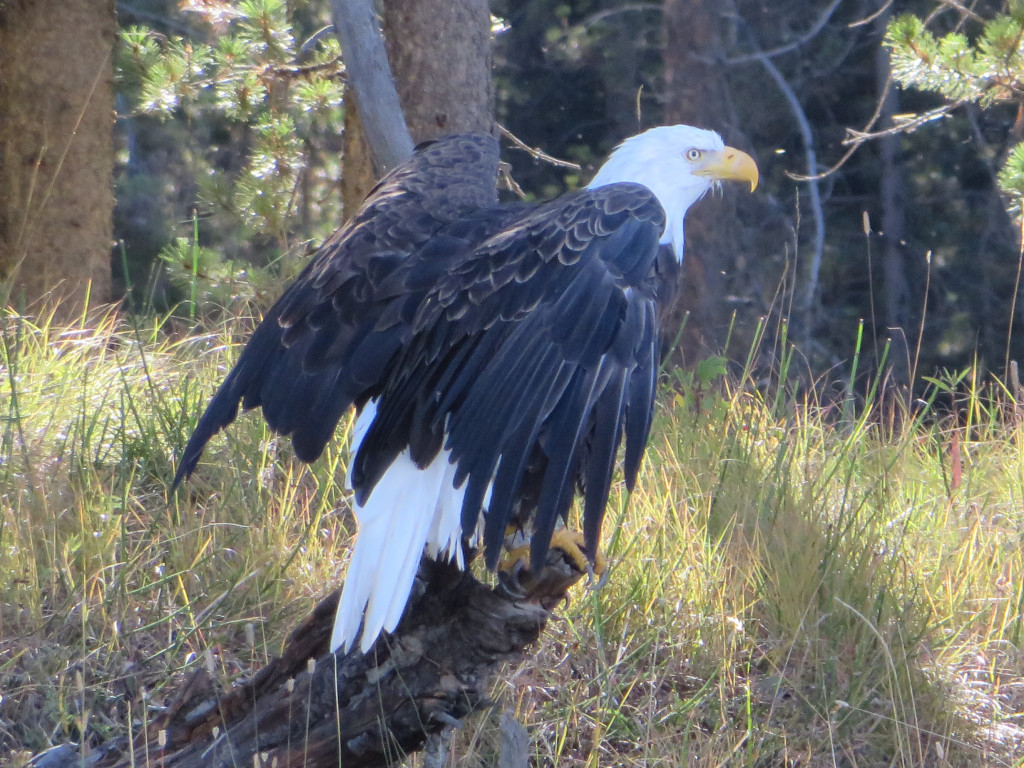
How can you see 458 birds and wildlife in three hours on a Sunday morning in one of the most beautiful locations in the nation without taking a single step? Four words–Snake River Float Trips! This little-known benefit of being a certified nature mapper is in full swing and you can take advantage of it through September.
Generously provided by AJ DeRosa’s Wooden Boat Tours, this adventurous form of citizen science is not all fun and games. Its purpose is to gain a better idea of what species of mammals, birds, and amphibians use the section of river between Wilson Bridge and South Park, which flows mostly through private land where wildlife professionals do not conduct a systematic census.
How do I Sign Up?
Sign up for one of the dates below with the volunteer director of the trips, Tim Griffith at timgrif396@gmail.com. At least one person in your party (max 6) must be a certified JH Nature Mapper and should be the main wildlife spotter and at least one person to be the recorder. The spotter should have at least a basic understanding of the birds and mammals one might see on the Snake River. It costs only $20 to cover the shuttle fees and you’re welcome to tip the guide, if desired.
May 8th Float Trip Report:
The May 8th Snake River Float Trip traveled 8 miles down the river from Rendevous Park to Wooden Boat Adventures River Camp with Kevin Coughlin, Josh Seibel, Carrie Ann Adams, and trip leader (and retired wildlife biologist) Tim Griffith. They mapped 42 species (listed below) with a highlight of spotting 12 bald eagles as there are six nests along this stretch of river and each nest has two adults associated with it.
- Canada Goose 123
- Mallard 49
- Green-winged Teal 5
- Barrow’s Goldeneye 3
- Common Merganser 31
- Double-crested Cormorant 6
- American White Pelican 5
- Great Blue Heron 7
- Turkey Vulture 1
- Osprey 2
- Cooper’s Hawk 1
- Bald Eagle 12
- Red-tailed Hawk 3
- Killdeer 10
- Spotted Sandpiper 28
- Mourning Dove 1
- Belted Kingfisher 4
- Downy Woodpecker 1
- Hairy Woodpecker 1
- Northern Flicker 4
- Black-billed Magpie 2
- Common Raven 12
- Tree Swallow 43
- Bank Swallow 9
- Barn Swallow 4
- Black-capped Chickadee 6
- Mountain Chickadee 1
- Brown Creeper 2
- House Wren 2
- American Dipper 2
- Ruby-crowned Kinglet 2
- Mountain Bluebird 2
- American Robin 19
- European Starling 1
- Yellow Warbler 2
- Chipping Sparrow 2
- Dark-Eyed Junco 2
- Song Sparrow 22
- Green-tailed Towhee 1
- Red-winged Blackbird 2
- Western Meadowlark 1
- Brewer’s Blackbird 12
- Yellow-bellied Marmot 7
- Elk 1
2016 Snake River Float Trips:
MAY: 1st, 8th, 15th, 22nd and 29th
JUNE: 12th and 26th
JULY: 10th and 24th
AUGUST: 7th and 21st
SEPTEMBER: 4th, 11th, 18th and 25th
Photo credit: STEVE MORRISS











